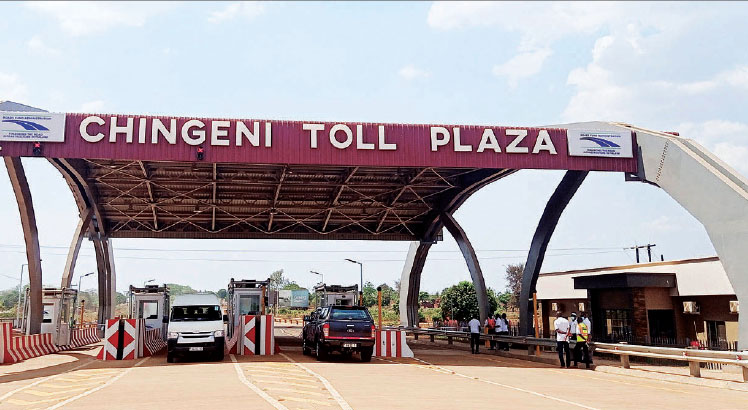As we mark World Food Day on Sunday, October 16, one in five people in Africa is going hungry. More than a billion Africans cannot afford a healthy diet.
Africa is moving backwards in its efforts to end hunger, food insecurity and malnutrition. This situation is not sustainable.
The State of Food Security and Nutrition in the World, the latest report co-authored by the UN Food and Agriculture Organisation (FAO), shows that Africa is bearing the heaviest hunger burden compared to other regions.
About 278 million people in Africa faced hunger in 2021. This is an increase of 46 million people compared to pre-Covid in 2019.
On top of Covid-19, we are facing multiple and overlapping shocks and protracted crises in Africa that are driving up hunger.
Climate extremes continue to severely impact economies and livelihoods, such as the drought in the Horn of Africa and in the Sahel.
Conflicts and wars continue to wreak havoc on the lives and livelihoods of millions of people and national economies. The cost of living is rising.
We are now only eight years away from the 2030 deadline to achieve Sustainable Development Goals. Or just eight annual harvests.
According to FAO projections, more than 670 million people will be hungry globally by 2030. This is the same prevalence as when the 2030 Agenda was launched in 2015. About 310 million people in total will be in Africa.
We cannot let that be our legacy. We must do more and now to reverse the trend of hunger.
The good news is that we have solutions that work.
One solution is underway in northeast Nigeria, which I had the opportunity to visit earlier this month and where multiple and overlapping crises have hit food security and livelihoods.
There, FAO is collaborating with vulnerable communities, government and partners in protecting and promoting agriculture-based livelihoods.
Evidence shows that a support package of seeds and fertiliser costing $88 on less than a hectare (0.8ha) yielded 918 kilogrammes of cowpea and maize, which is enough to feed an average household of 7 people for up to 6 months.
This is an astounding return on investment.
Similar kits are being provided for vegetable production and livestock. These kits are also used in other countries such as South Sudan.
They are not hand-outs; they are investments that actually pay off in terms of better production, better nutrition, a better environment and a better life, leaving no one behind. These Four Betters are the core principles of FAO’s work.
It is not possible to end hunger alone. We must work together to bring to scale innovative agriculture-based livelihoods and life-saving solutions.
Indeed, Africa could be a global leader in agriculture and agribusiness. According to data from FAO’s Africa Open Data on Environment, Agriculture and Land (Deal) project, Africa has more than double the area of cultivated land compared to the European Union.
We also have an enormous wealth of potential in our young people who can become the next agribusiness entrepreneurs and leaders if provided with the right opportunities.
FAO recommends a number of steps to be taken now to address rising hunger in Africa, such as repurposing resources to incentivize sustainable production and consumption of nutritious foods; increasing efficiencies in the use of agricultural inputs, including fertiliser; and reducing food loss and waste along the food supply chain.
African countries need to use the African Continental Free Trade Area to enhance production capacity and trade, and to embrace science and innovation to drive agrifood systems transformation, including being more intentional in improving business models, financing mechanisms and partnerships.
Time is running out and we must move towards accelerated action. We cannot allow Africa to slip further into hunger on our watch.
The post End rising hunger in Africa appeared first on The Nation Online.
 Moni Malawi
Moni Malawi 
